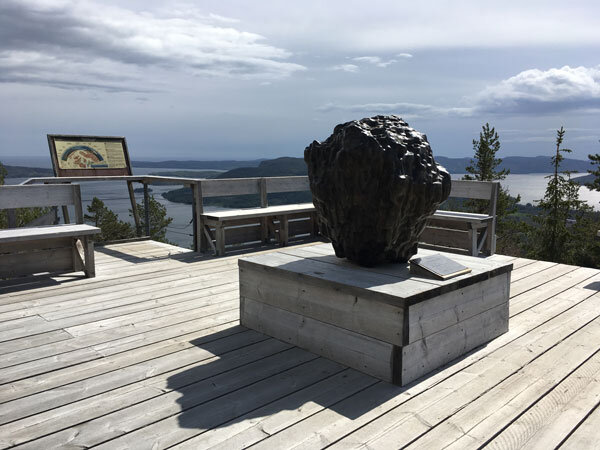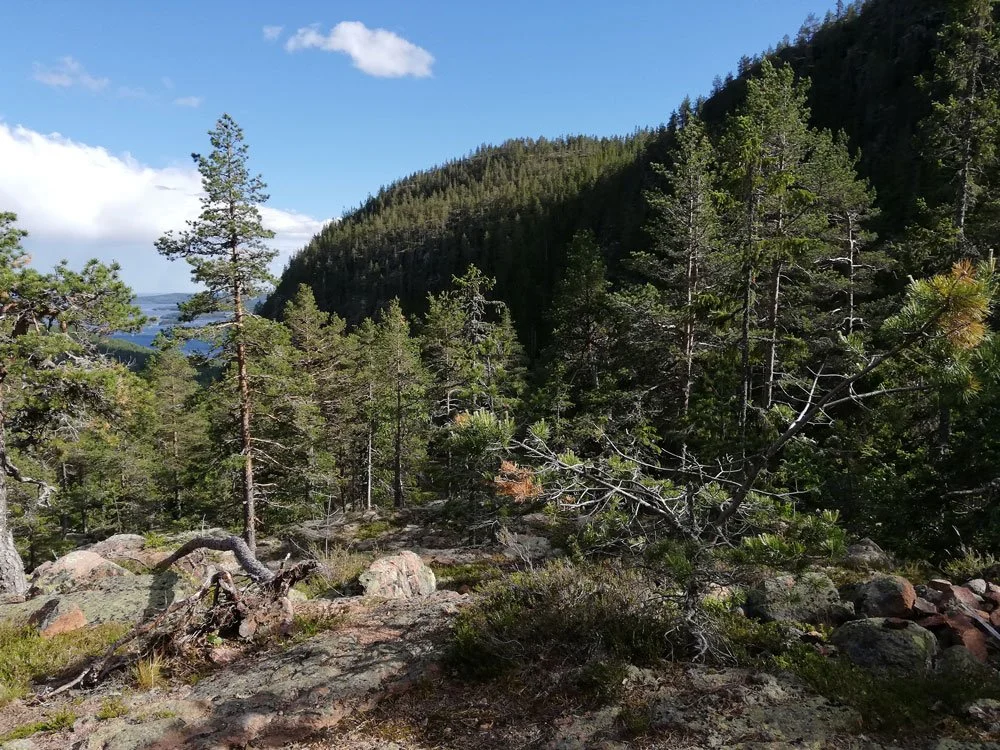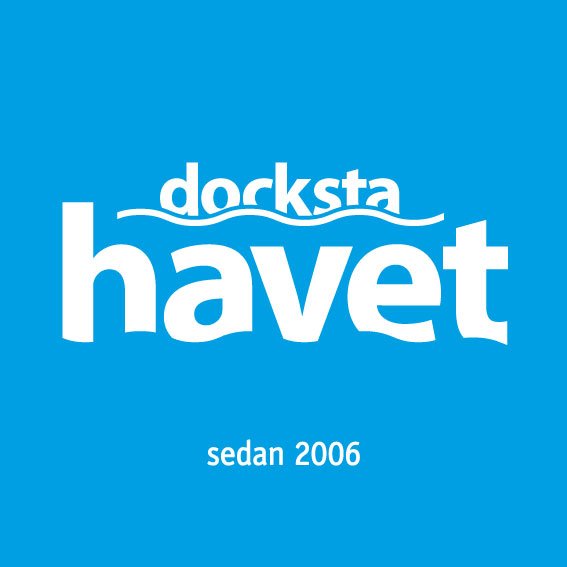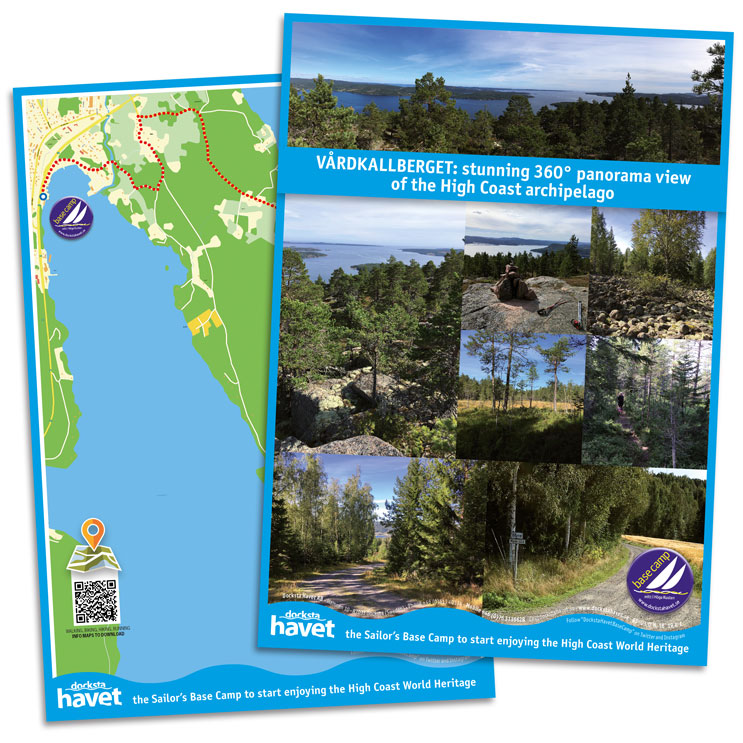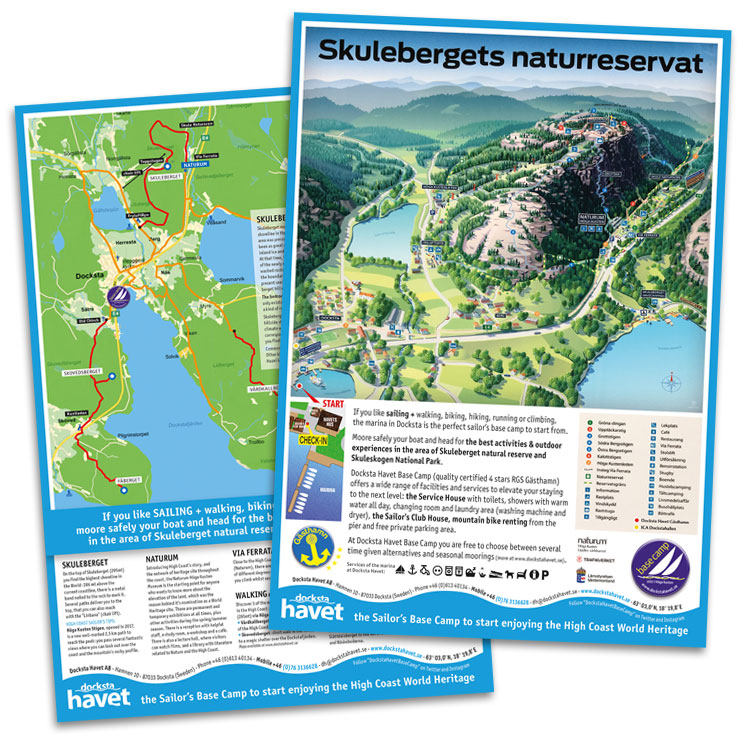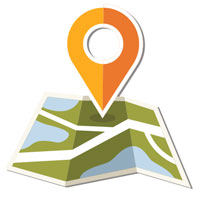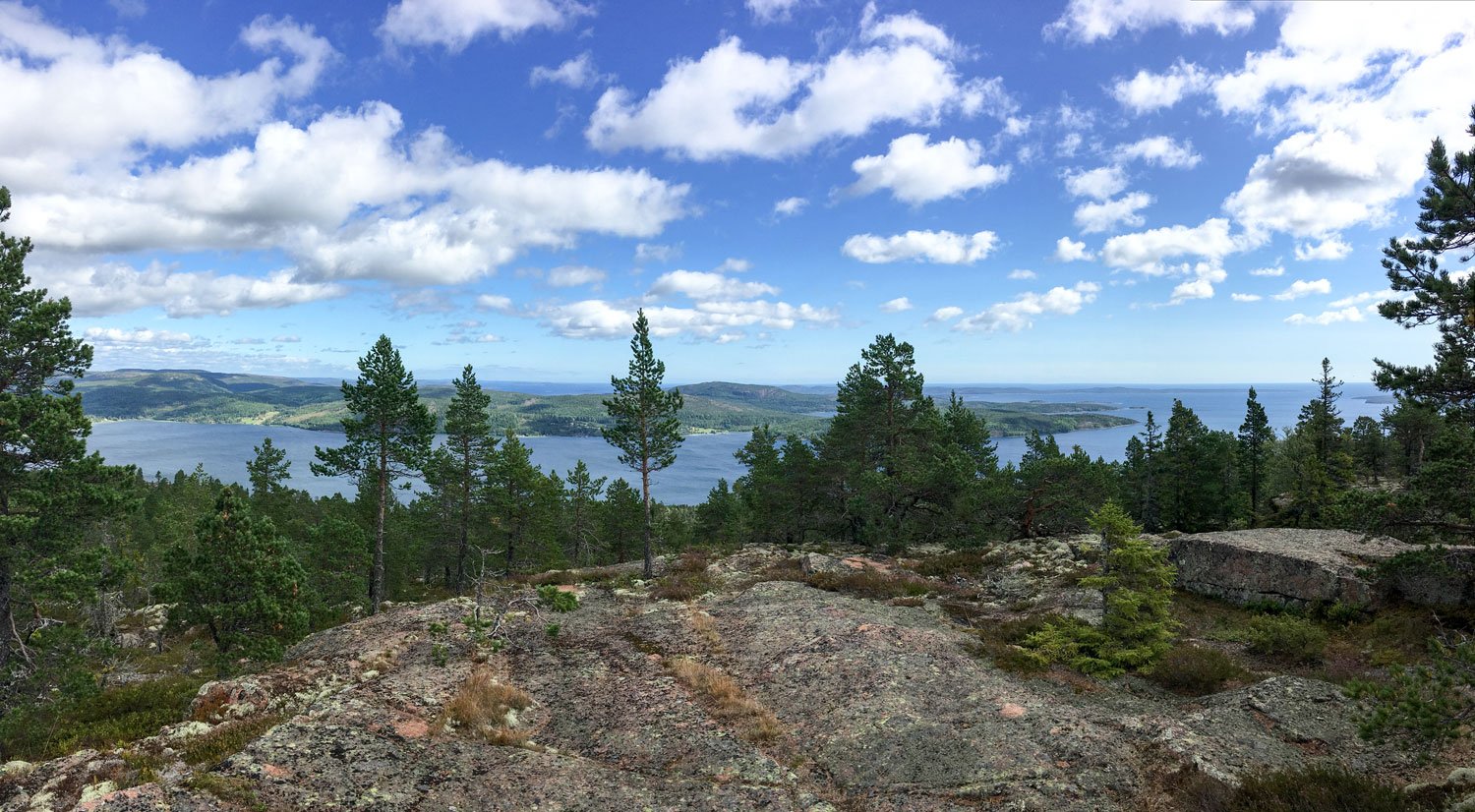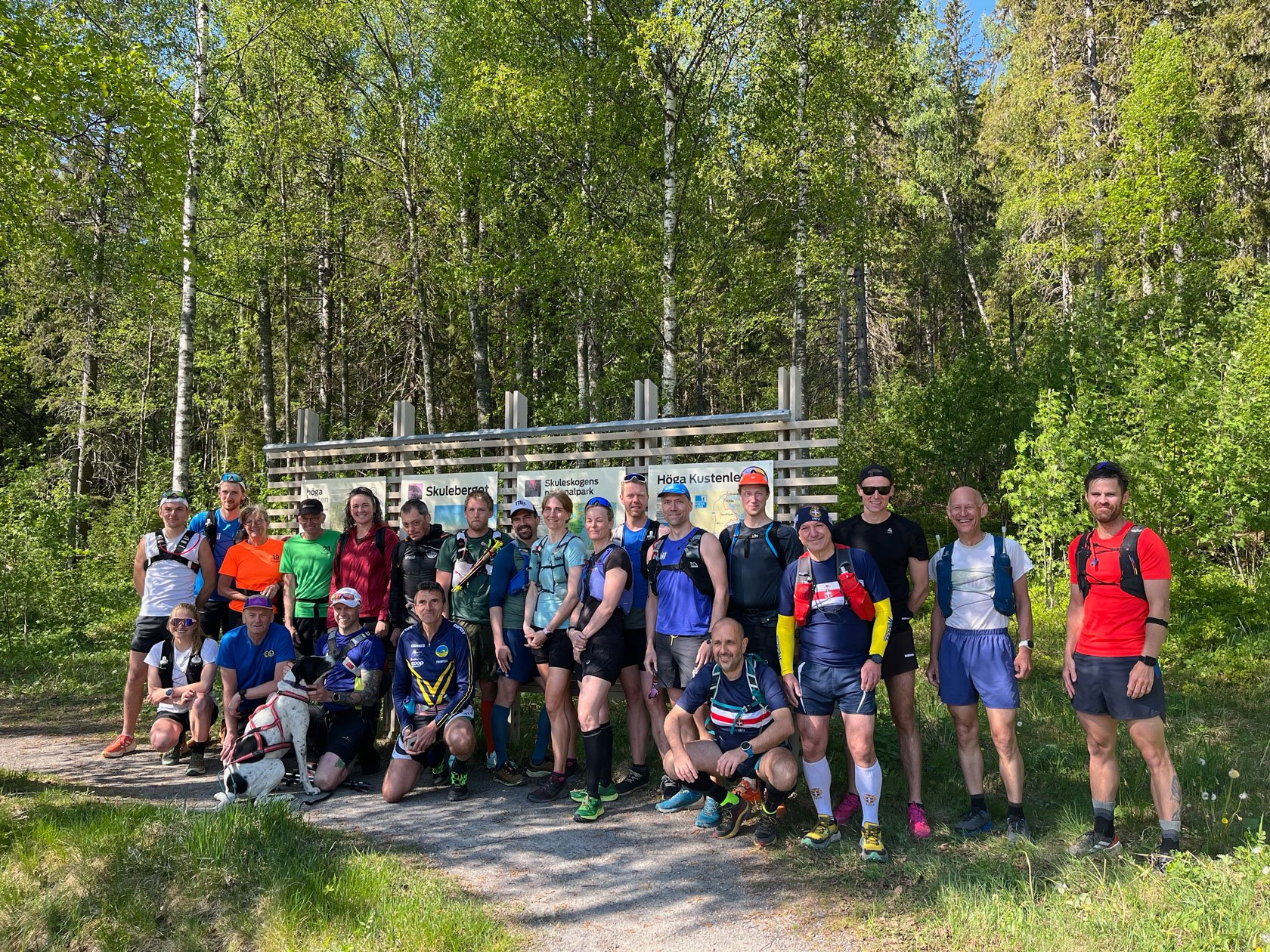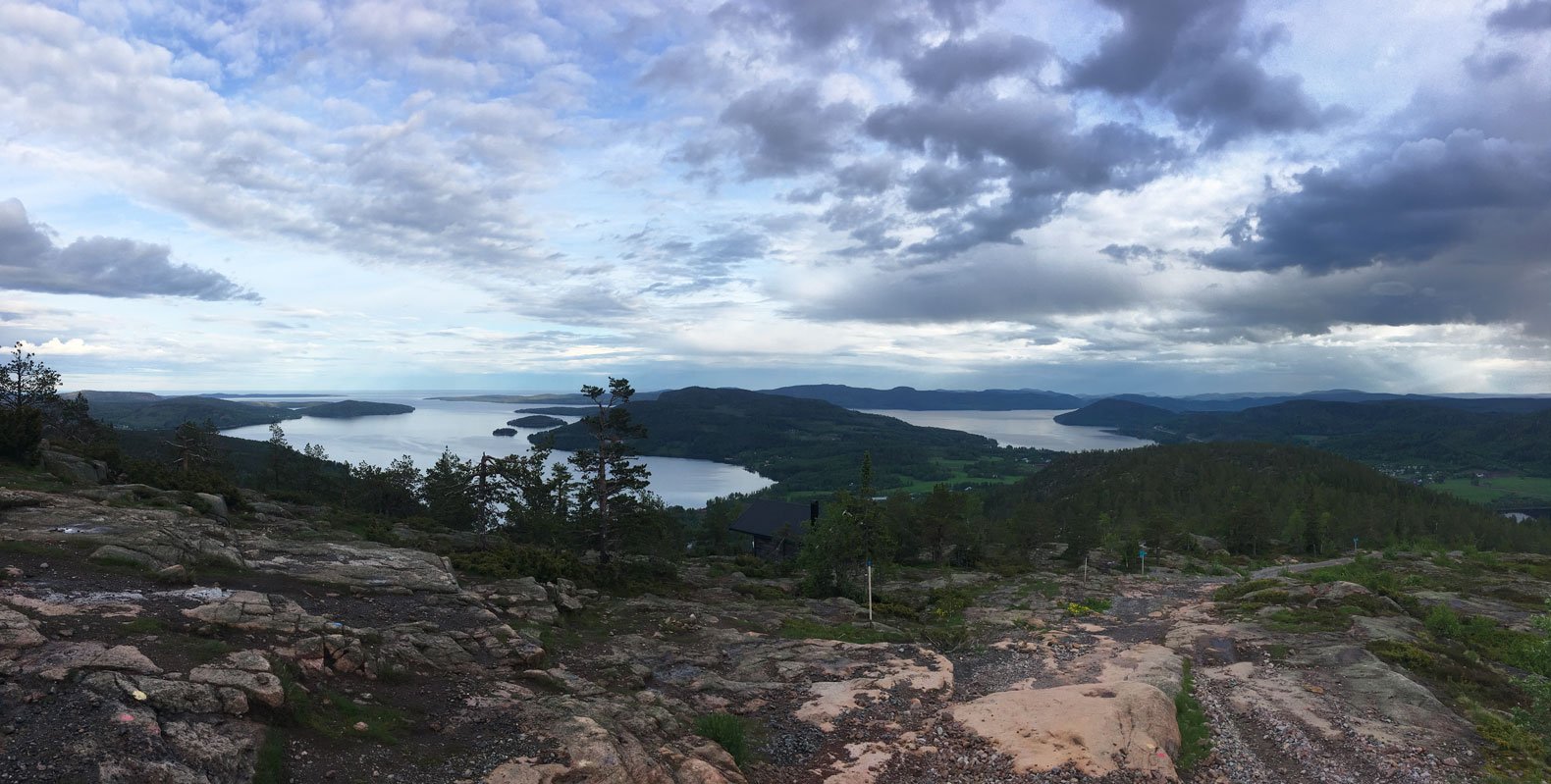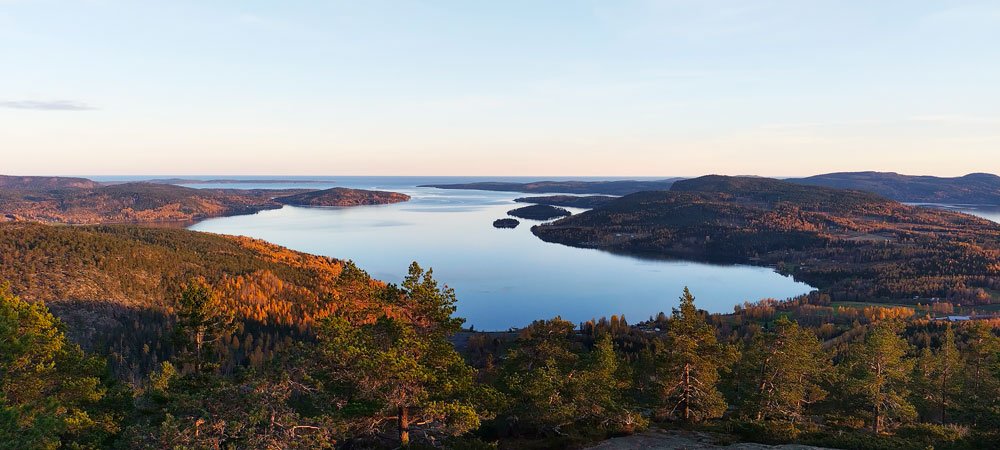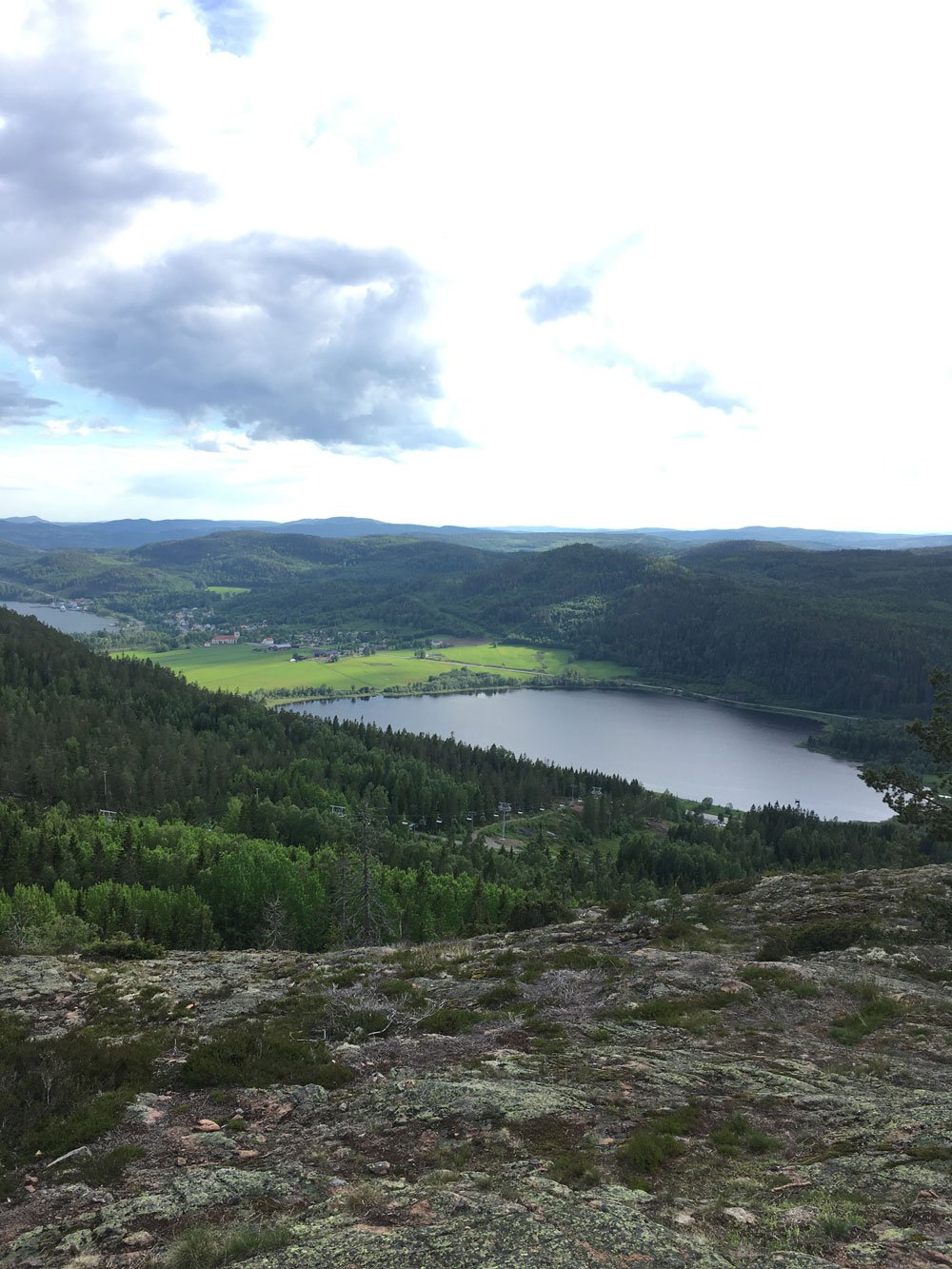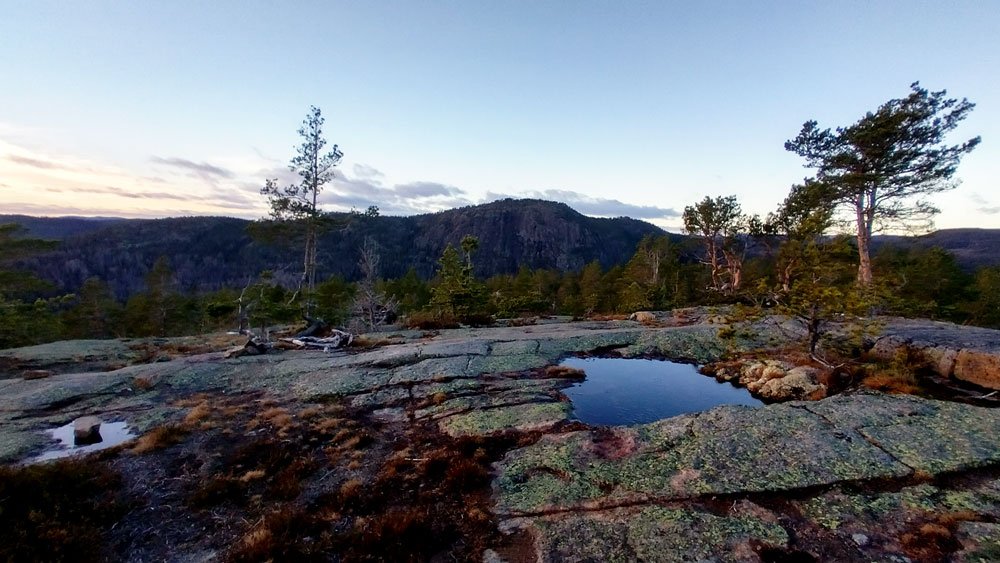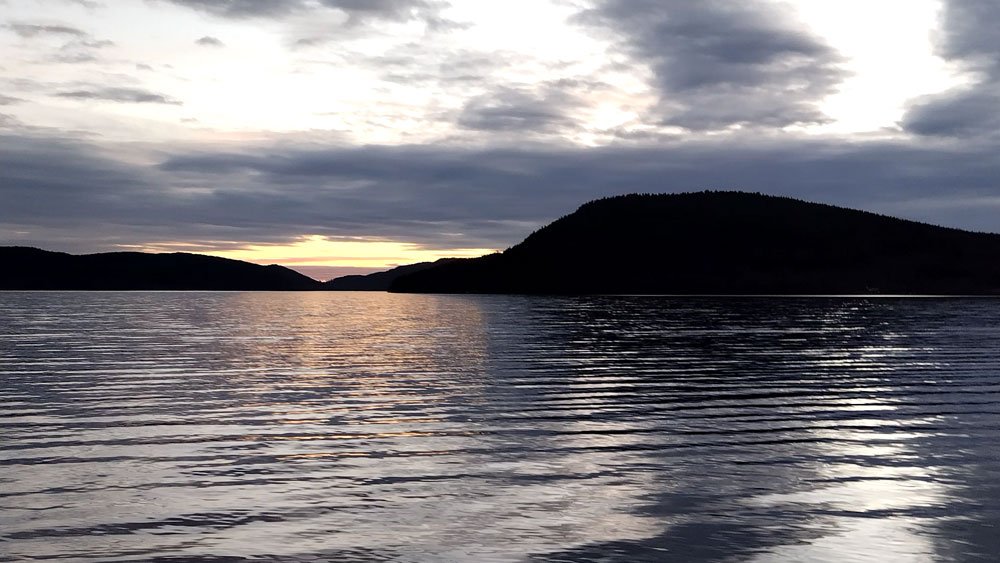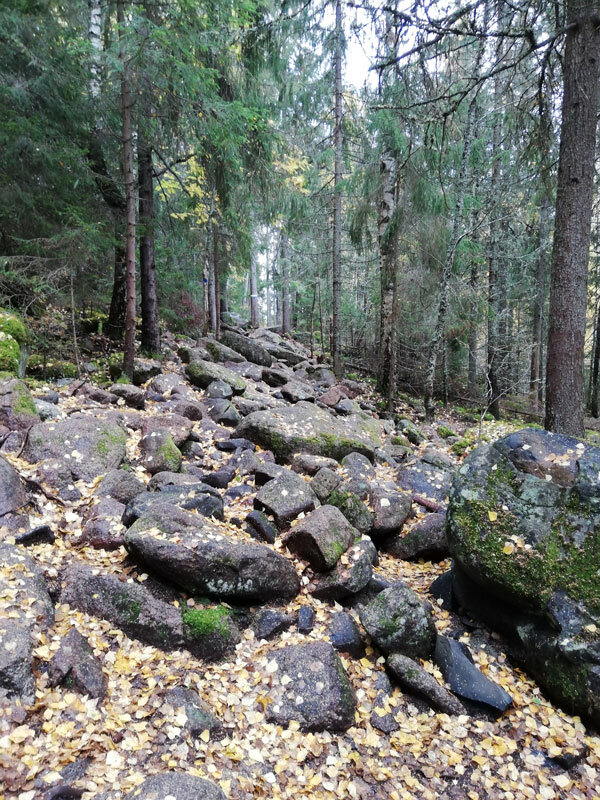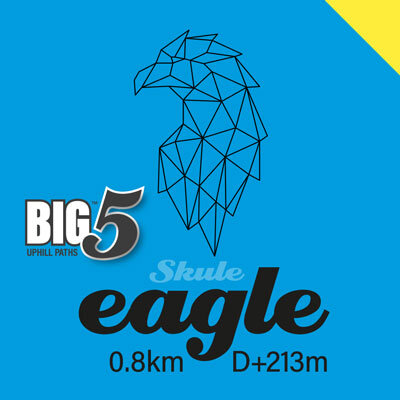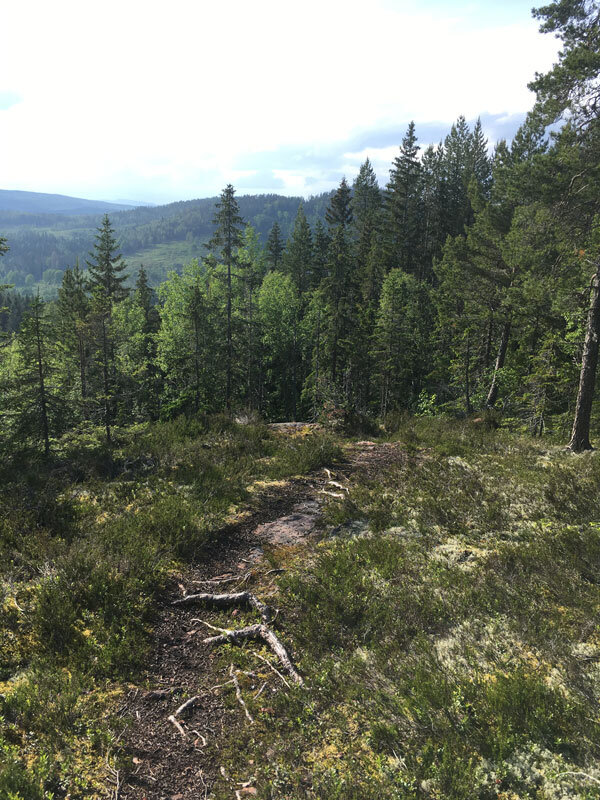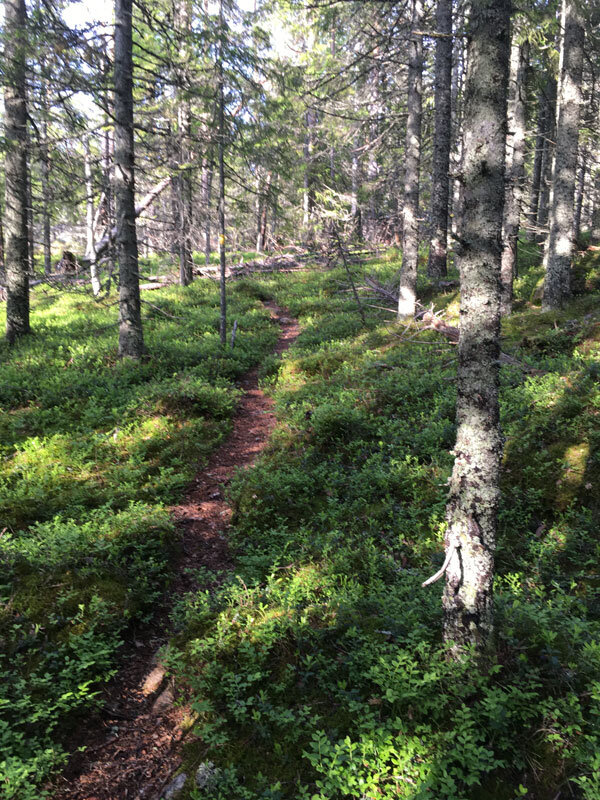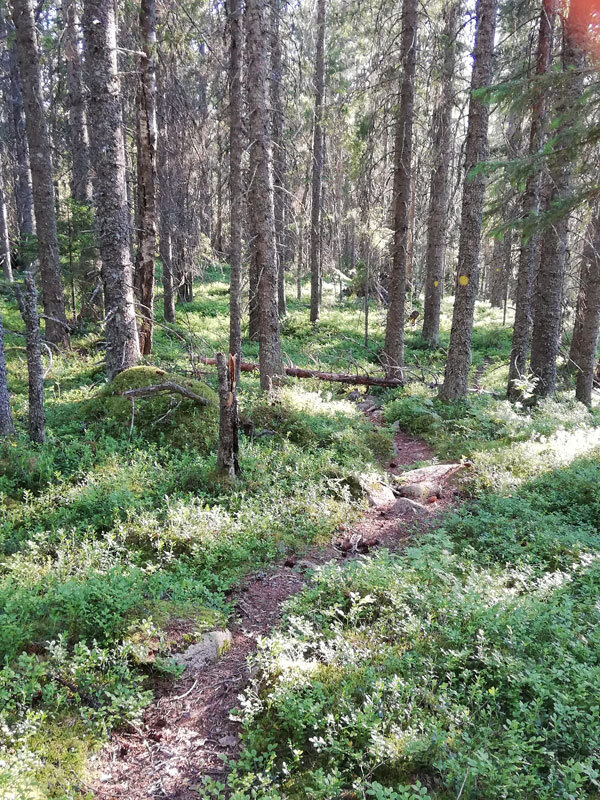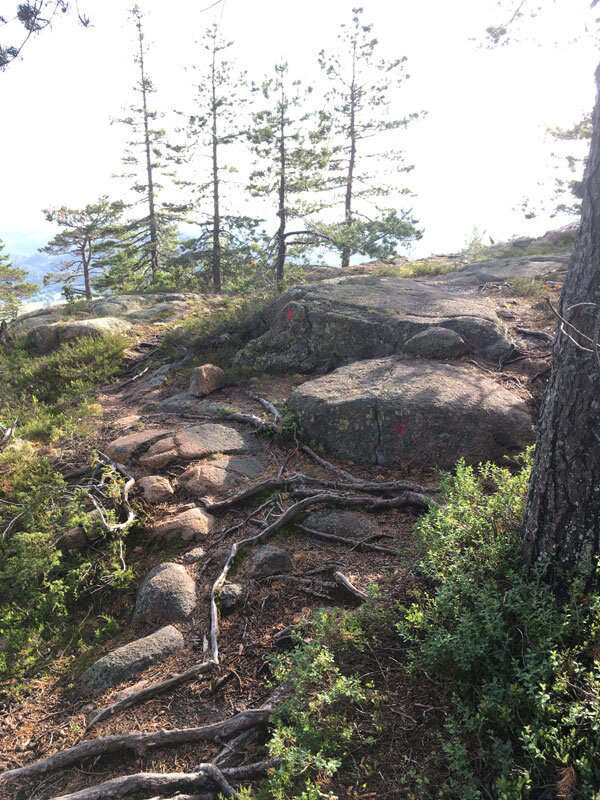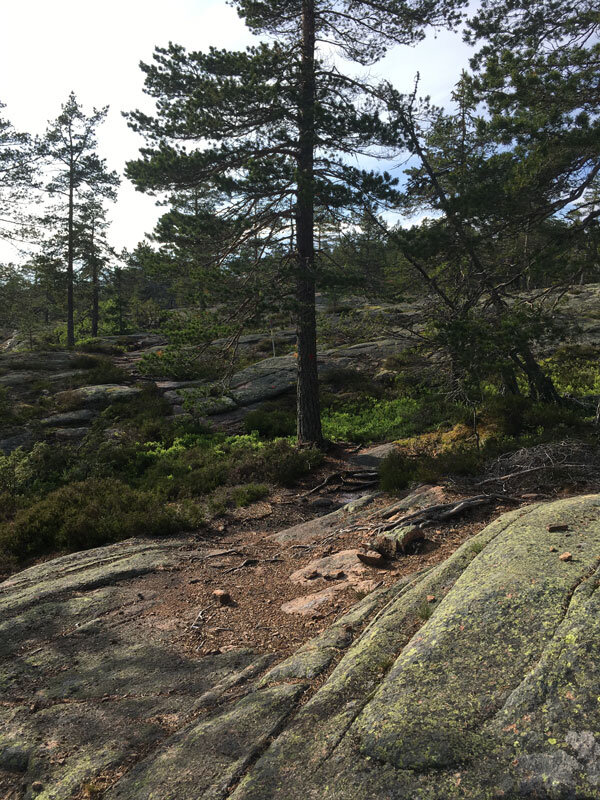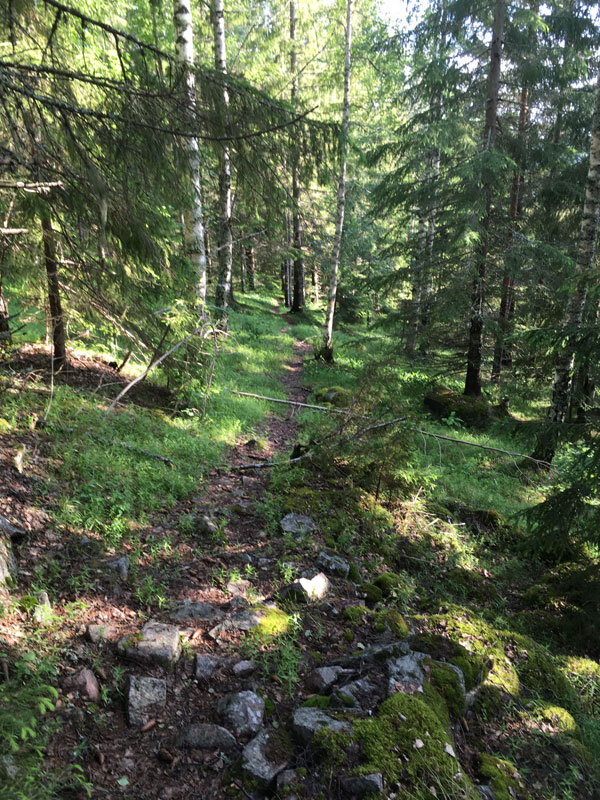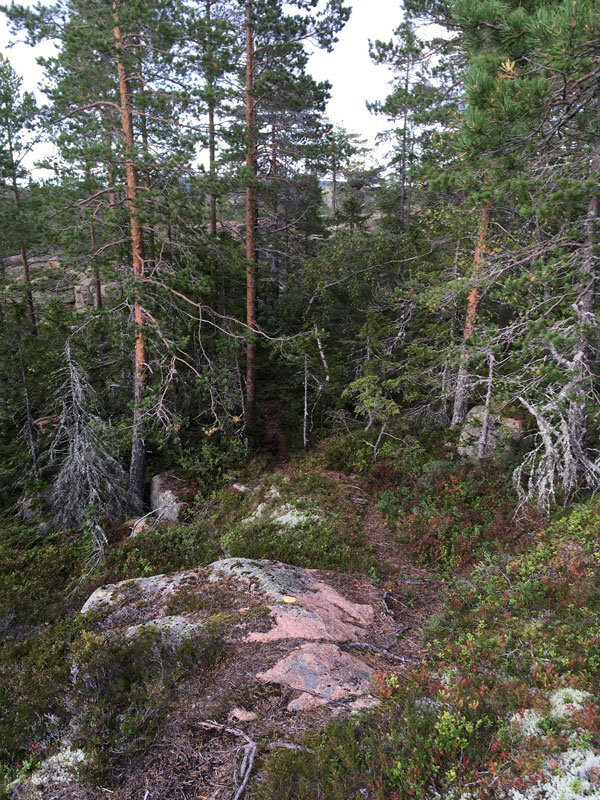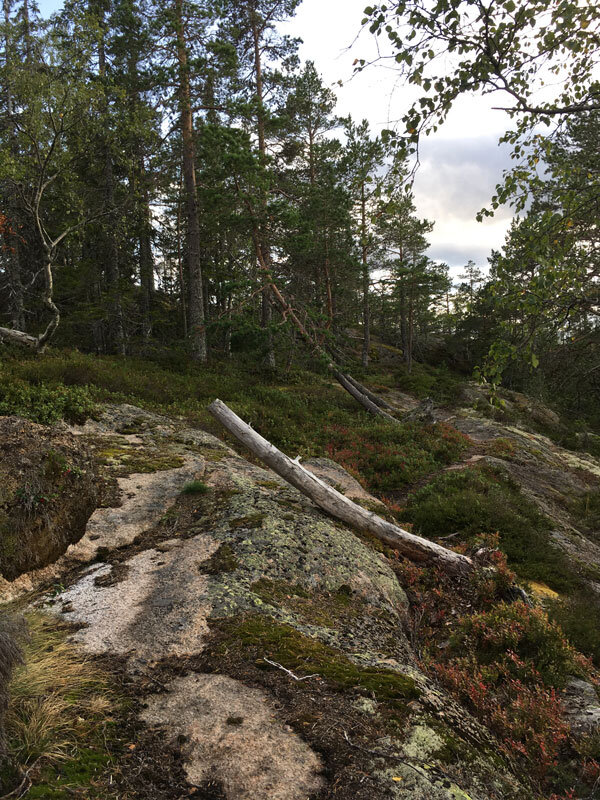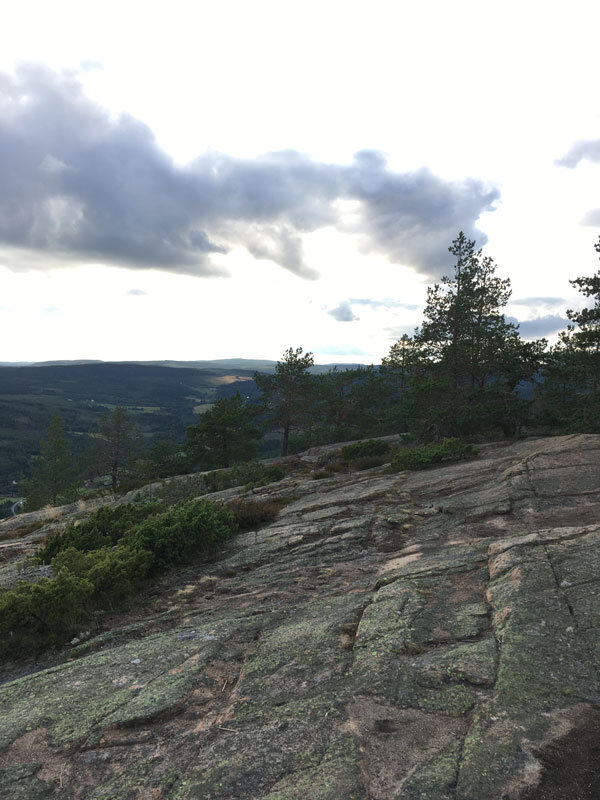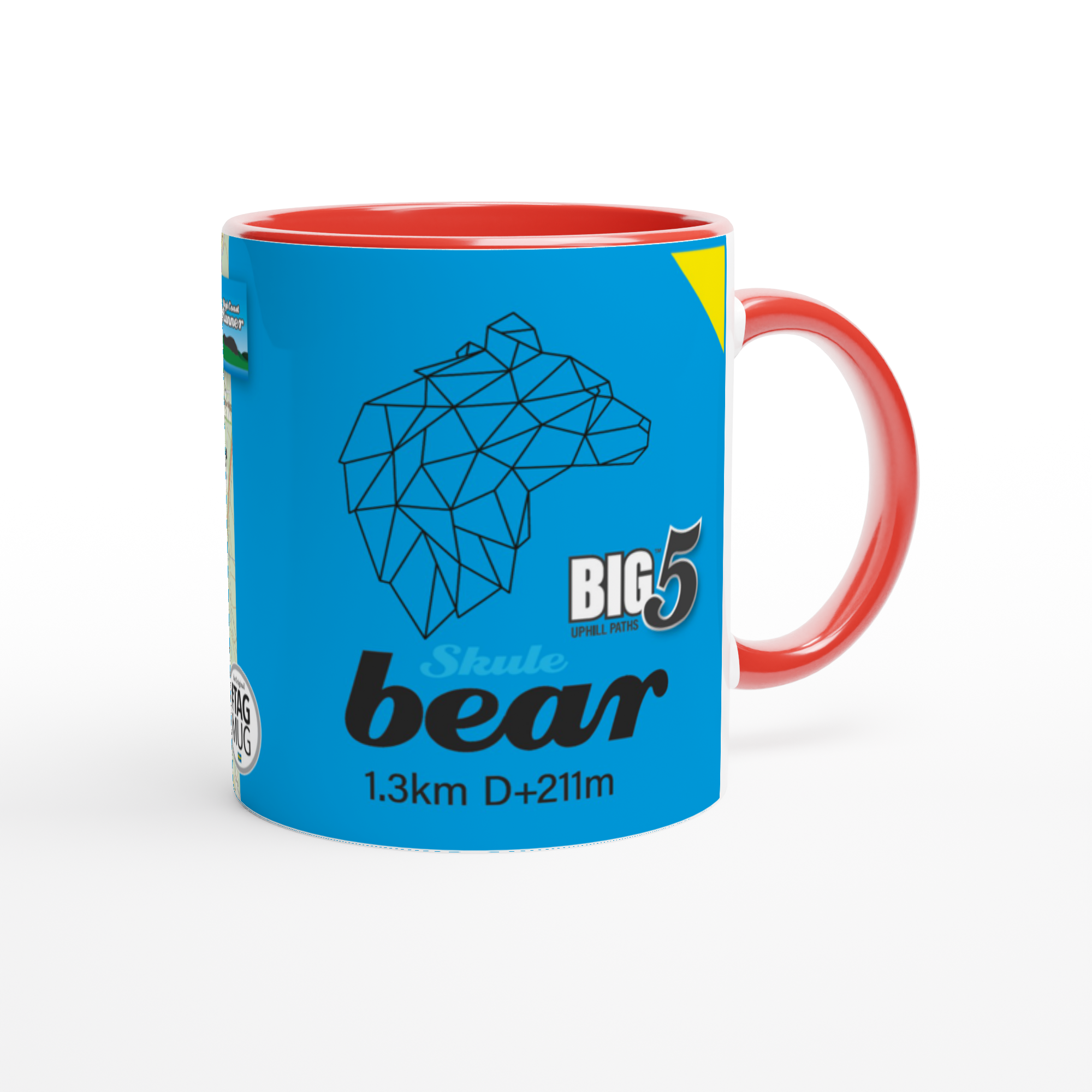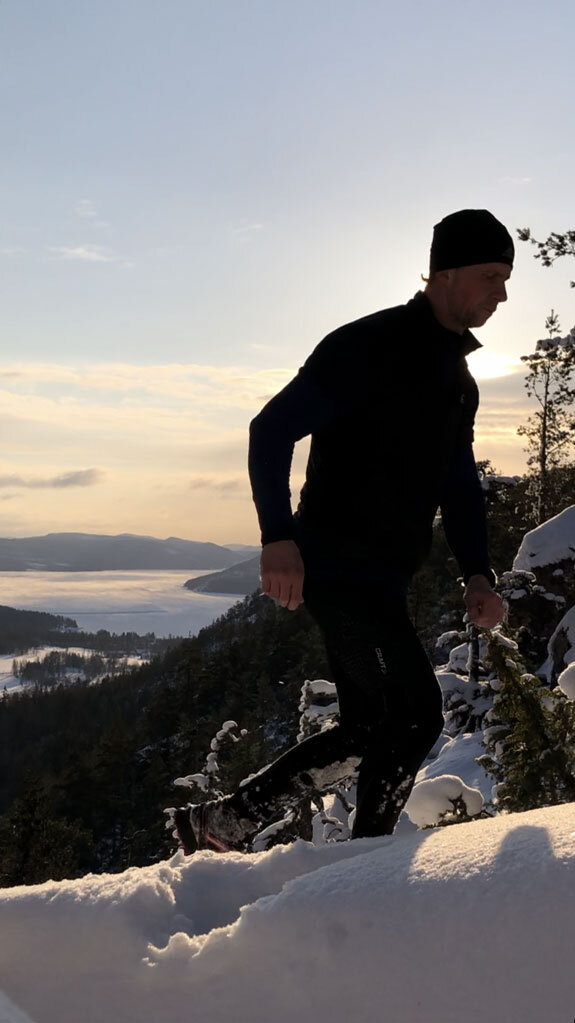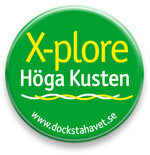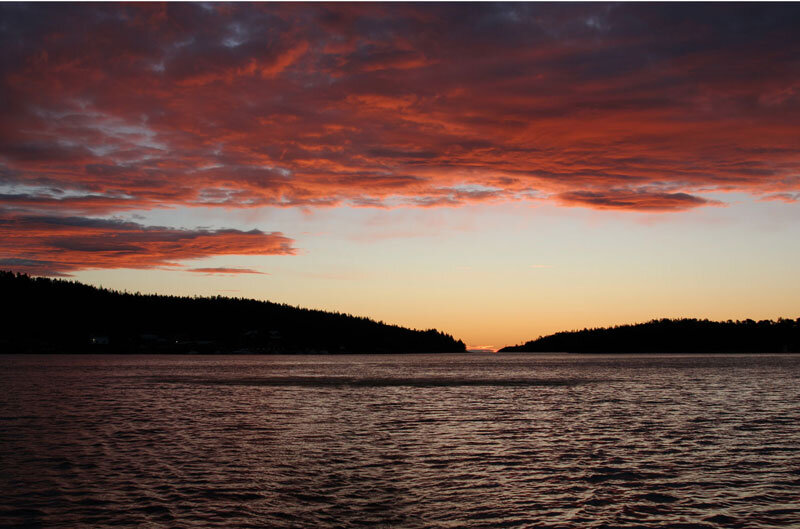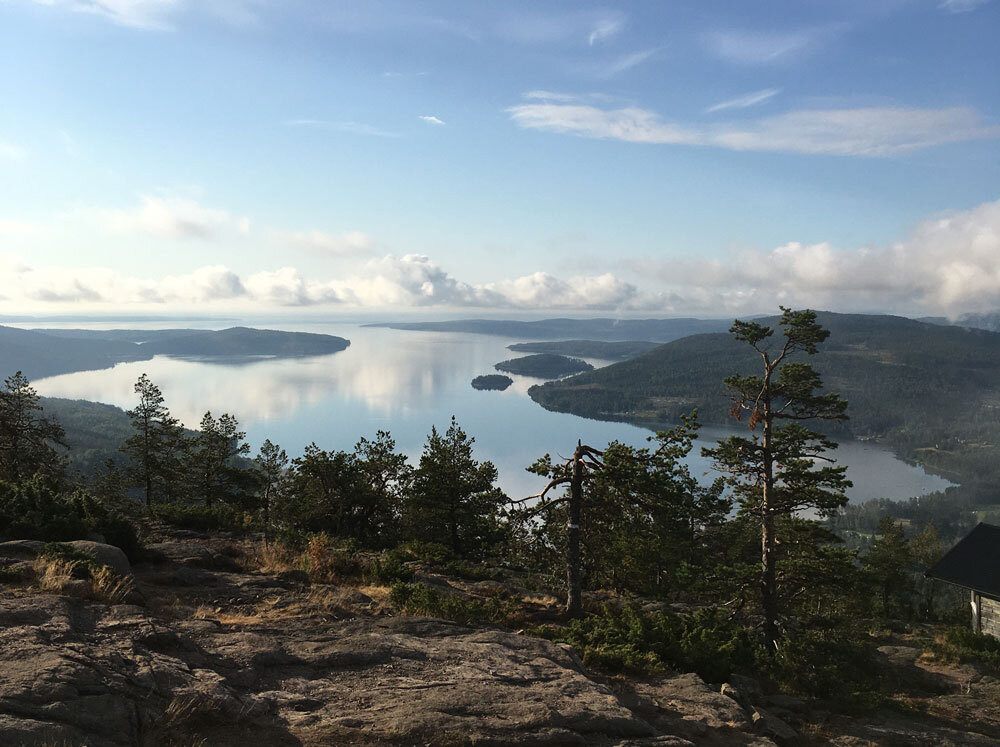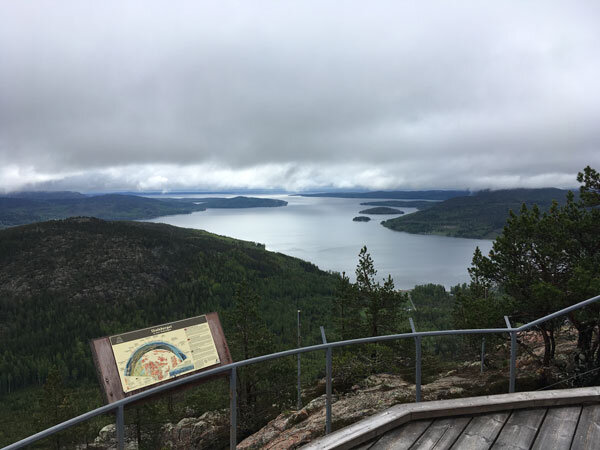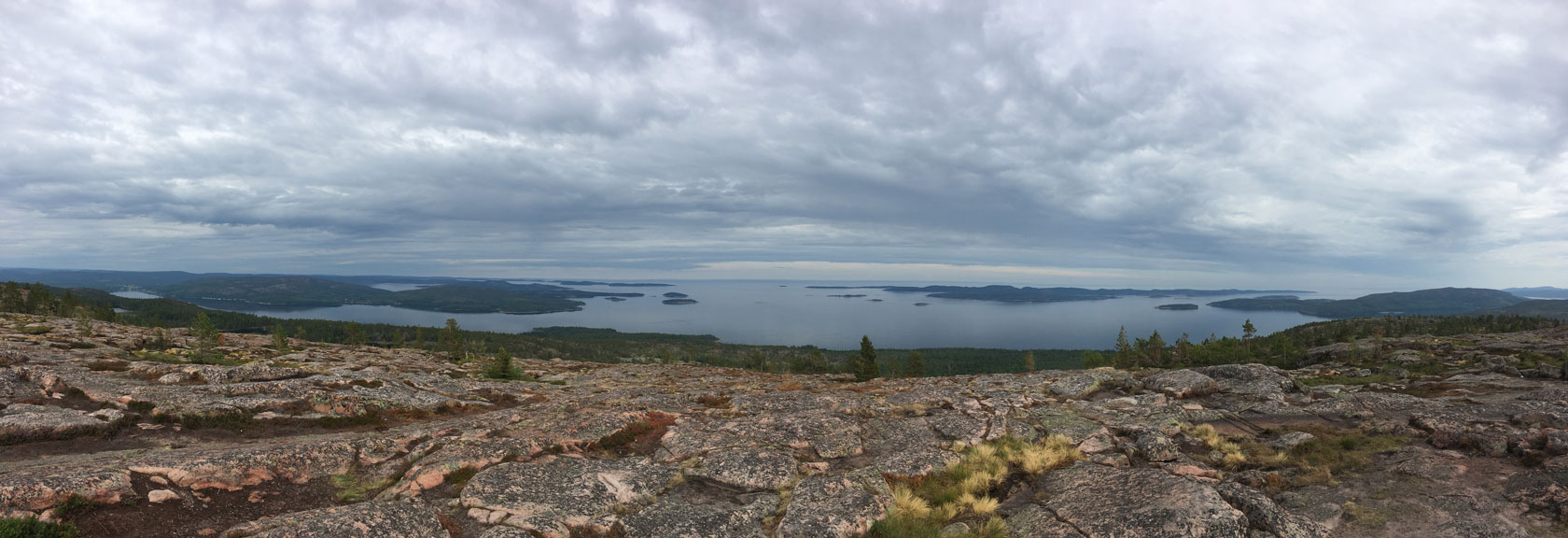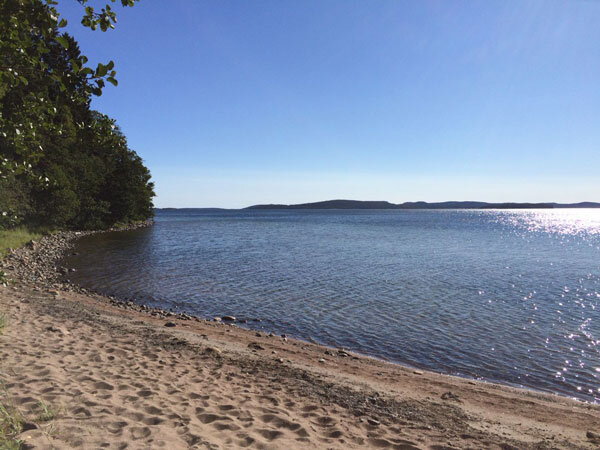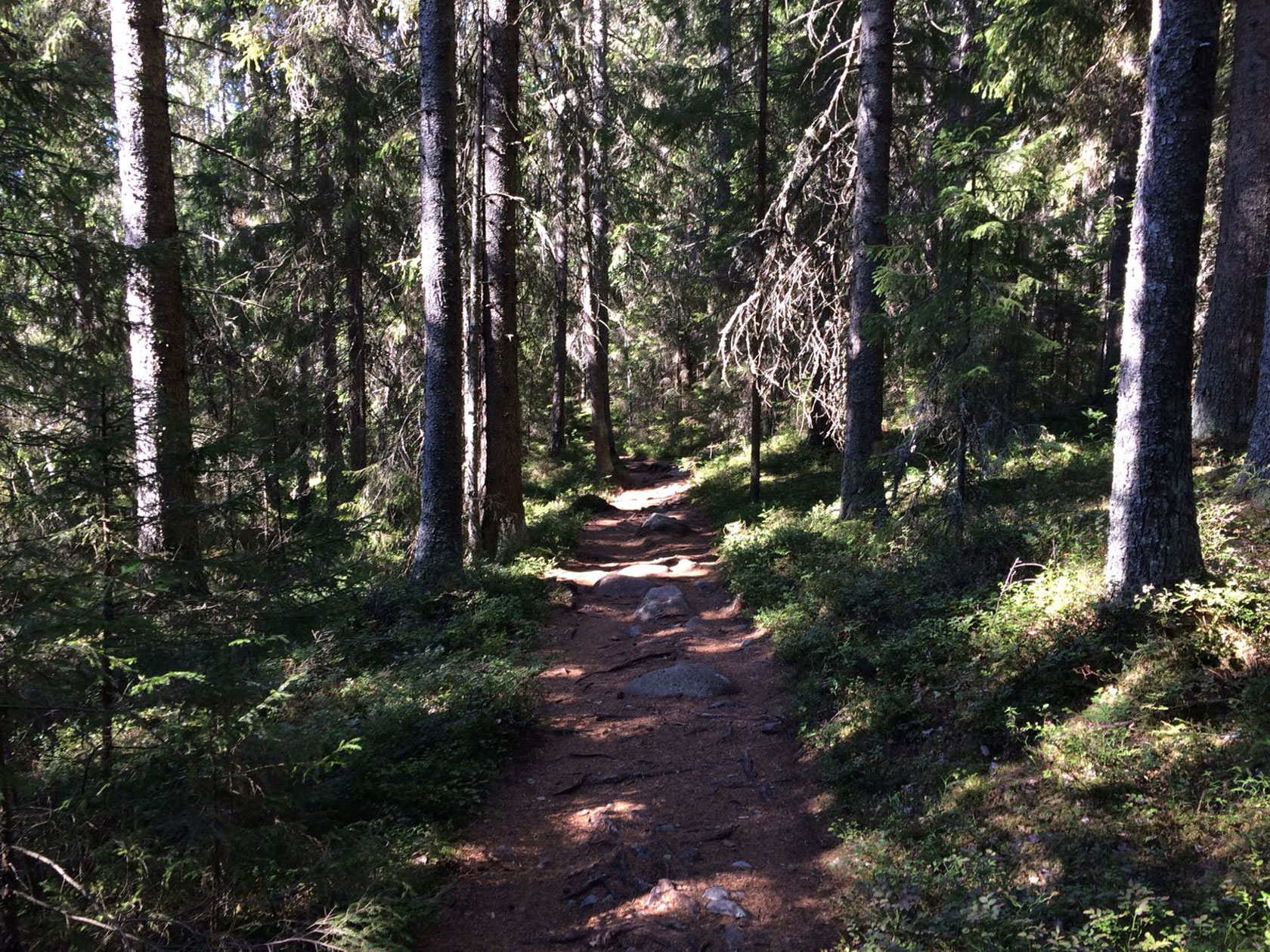Skogspaus: 20 soul-soothing spots along the High Coast where nature invites you to pause
Introduction
Want to experience the gentle art of 'Skogspaus' (forest pause) in Sweden's High Coast? Let me share a collection of magical places perfect for anyone seeking a moment to simply be in nature - from explorers hiking the Höga Kusten Leden to families discovering Skuleskogen's seaside paths. These are spots where the ancient granite landscape and archipelago rhythms naturally invite you to pause, breathe, and reconnect.
I'm Tommaso, and my early morning sessions often start with a base run through the ancient forest trails around the marina in Docksta. Sometimes I run simply to cover distance or improve my time on Skuleberget's steep segments, but more often, I find myself drawn to pause at these special spots - where morning light filters through pine needles or where bare feet can feel the energy of sun-warmed rocks. These natural moments of grounding have become my ritual of reconnection.
It was during one such morning pause, listening to the whispers of pine trees at what we now call 'The Whispering Pines,' that I realized: these weren't just rest stops - they were nature's invitation to slow down. That's how our practice of "Skogspaus" evolved - the simple art of pausing mindfully in nature's most powerful settings.
Each of these 20 locations I'm sharing with you has a story. There's the smooth granite outcrop near Skuleberget where I love to practice grounding after a challenging climb. The hidden shelter “He” where morning mist creates nature's own meditation room. The ancient pine grove where countless guests have told me they experienced their deepest moments of peace.
Over time, this personal map of tranquility grew richer with every shared experience. A local elite trail runner showed me a secret viewpoint that became perfect for sunset meditation along the "Elk Path" at Skuleberget Mountain. A Finnish family discovered a moss-covered rock formation that feels like nature's own comfort zone. Local hikers contributed their favorite spots for forest bathing, each adding a new layer to our collective experience of the High Coast.
Whether you're staying during summer in our exclusive cozy boathouses (our accommodations are available on Airbnb) or mooring your boat in our marina in Docksta, these mindfulness havens aren't just waypoints on a map - they're invitations to pause, breathe, and reconnect. Each spot comes with simple grounding exercises - the same ones I practice during my morning runs and share with guests during our check-in chats over a Cup of espresso coffee at the marina's Sailors Club House.
From fellow trail runners who join me for midnight sun missions to guests who discover their own perfect Skogspaus moments while exploring the amazing High Coast, each location holds the potential for deep connection with Nordic nature.
Ready to discover your own perfect moments of peace in Sweden's High Coast? This UNESCO World Heritage site offers a unique blend of adventure and tranquility, where stunning landscapes naturally invite you to pause and reconnect.
From south to north, I'll guide you through 20 handpicked Skogspaus spots along Höga Kusten - each with its own story and simple practices for mindful nature connection.
Whether you're a hiker exploring our mountain trails, a sailor exploring the archipelago, or simply seeking peaceful moments in nature, let our cozy accommodations and our safe moorings at the marina in Docksta be your base camp for this serene journey through the High Coast's hidden gems!
🗺️
Discover 20 spots in the High Coast to pause and reconnect (with guided mindful meditation scripts)
•
1# spot
Högbonden lighthouse retreat
Perched dramatically on a 74-meter cliff overlooking the Gulf of Bothnia, Högbonden lighthouse isn't just a beacon for ships - it's your first invitation to experience the High Coast's most ethereal Skogspaus. Since 1909, this solitary sentinel has watched over seafarers, and now it watches over seekers of peace and connection with nature.
As you approach the island, the lighthouse rises before you like a painting come to life - its distinctive red and white tower reaching skyward from ancient granite cliffs. The lighthouse keepers' cottages now welcome visitors as a hostel, inviting you to experience tranquility atop this isolated island.
Here, where land meets sky and sea, you'll find perfect conditions for your first Skogspaus practice. Let the steady presence of this historic beacon guide you to your own moment of clarity and peace.
Access: Regular ferry service from Bönhamn (June-August: M/S Ronja to Högbonden, check boat schedules carefully, contact: info@hkship.se )
🌲
SKOGSPAUS PRACTICE:
"Explore Högbonden, where the lighthouse rises majestically from the sea. As you stand near this iconic structure, practice deep breathing: inhale through your nose, visualizing the light guiding your breath, and exhale slowly, releasing stress. Feel the lighthouse's steady presence inspiring a sense of guidance and clarity within you, as the panoramic views provide a perfect backdrop for mindfulness and reflection."
•
2# Spot 💚
Rotsidan's rhythmic coastline
Stretching across a 4 km expanse, the coastline at Rotsidan is a breathtaking natural reserve where the sea meets the land in a harmonious dance of sea and stone.
Known for its beautifully polished diabase flat rock formations, this coastal strip is framed by windswept coastal pines, offering a unique landscape that captivates visitors with breathtaking views. The smooth rocks create an inviting path for walking. As you explore this four-kilometer stretch, take a moment to pause and meditate, absorbing the energy of the ancient rocks beneath you. The rhythmic sound of the waves creates a natural soundtrack for your meditation, deepening your connection to the Earth.
🌲
SKOGSPAUS PRACTICE:
"Walk along the dramatic shores of Rotsidan, where nature's symphony in stone unfolds with each wave. Engage in rhythmic breathing: inhale deeply through your nose, matching the rhythm of the waves, and exhale slowly. Allow the sound of the sea to wash over you, bringing a deep sense of peace and connection to nature. As you traverse the flat rocks, feel the timeless energy of this ancient coastline grounding you, and let the expansive views inspire tranquility and reflection."
•
3# Spot
Bönhamn timeless fishing village
Bönhamn is a charming fishing village on Sweden's High Coast, where time seems to stand still. Nestled among iconic red boathouses and surrounded by the tranquil waters of the Gulf of Bothnia, this village offers a glimpse into traditional coastal life. Its serene atmosphere and rich maritime history make Bönhamn a perfect retreat for those seeking peace and reflection.
🌲
SKOGSPAUS PRACTICE:
"Settle into the quaint surroundings of Bönhamn. Listen to the gentle clinking of boats, a soothing soundtrack to your meditation. Practice alternate nostril breathing by closing your right nostril with your thumb, inhaling through the left, then switching. This technique balances the mind and enhances relaxation. With each cycle, let the village's timeless charm ground you in the present, allowing you to connect deeply with the serene beauty of this historic fishing haven."
•
4# Spot
Storsand beach serenity at Norrfällsviken
Nestled along the scenic High Coast, Storsand Beach is a tranquil escape where the land seamlessly meets the sea. This expansive sandy beach is part of the Storsand Nature Reserve, known for its soft dunes and shallow waters, making it ideal for families and solitude seekers alike. The natural beauty of Storsand offers a perfect setting for relaxation and reflection, with the gentle lapping of the Gulf of Bothnia providing a soothing soundtrack.
🌲
SKOGSPAUS PRACTICE:
"Find a quiet spot on Storsand beach, where the grains of sand beneath you ground you to the earth. Begin with full nasal breathing: inhale deeply through your nose, allowing your diaphragm to activate and expand. Hold for a moment, then exhale slowly through your nose, feeling the tension release with the outgoing tide. Let the rhythmic sound of waves guide your breath, bringing serenity with each cycle. As you sit on this serene stretch of coastline, let the vast horizon inspire a sense of peace and contemplation."
•
5# Spot
Embrace the vibrant Ulvön harbor energy
Ulvön Island, often referred to as the "Pearl of the High Coast," is renowned for its picturesque harbor, vibrant cultural heritage, and stunning coastal views. The island is a hub of activity, with its charming red cottages and bustling harbor life offering a unique blend of tradition and vitality. A recommended spot for meditation is near the historic Ulvö Chapel, where the serene setting and gentle sea breeze create a perfect environment for reflection.
🌲
SKOGSPAUS PRACTICE:
"At Ulvön harbor, find a peaceful spot near the Ulvö Chapel, where the gentle lapping of the water complements the island's serene atmosphere. Engage in pursed lip breathing: inhale deeply through your nose, and exhale slowly through pursed lips. This method enhances relaxation and focus. Draw in the salty sea air, releasing tension with each breath, and embrace the harbor's lively yet calming ambiance. Let the historic charm of Ulvön inspire a deep sense of peace and connection to the sea."
•
6# Spot
Over the sea at Mjälton island summit
Mjälton Island, the highest island in Sweden's High Coast archipelago, offers an unparalleled retreat for those seeking solitude and adventure. Rising majestically at 236 meters above sea level, the summit provides breathtaking panoramic views of the surrounding Gulf of Bothnia and the lush nature reserve below. The island's diverse ecosystem, including the intriguing Mjältögrottan cave, adds to its allure, making it a must-visit destination for nature enthusiasts.
🌲
SKOGSPAUS PRACTICE:
"Reach the summit of Mjälton Island, where the expansive views inspire awe and contemplation. Begin with full nasal breathing: inhale deeply through your nose, letting your belly expand, and exhale slowly, feeling the air leave your body. With each breath, imagine the island's ancient energy grounding you, connecting you with the vast sky above and the endless sea below. Let the tranquility of this elevated sanctuary envelop you, offering a perfect space for reflection and inner peace."
•
7# Spot
Seaview along Höga Kusten Leden at Fäberget
Fäberget, situated along the renowned Höga Kusten Stigen on the segment between Ullånger and Docksta, offers one of the most breathtaking panoramic views of the High Coast. This vantage point provides a sweeping vista of the fjords, Vårdkallberget, and the distant Skuleberget mountain, inviting hikers to pause and soak in the natural beauty. The trail leading to Fäberget is marked by a rich tapestry of flora and fauna, making the journey as rewarding as the destination.
🌲
SKOGSPAUS PRACTICE:
"Stand at Fäberget Overview Point, where the expansive views inspire awe and reflection. Use the 4-7-8 breathing technique: inhale through your nose for four counts, hold for seven, and exhale through your mouth for eight. With each breath, imagine the expansive landscape inspiring a sense of freedom and wonder. Let the majestic scenery envelop you, grounding you in the present moment and offering a perfect spot for mindfulness and inspiration."
•
8# Spot 💚
The mystic Per Olsbo shelter along Höga Kusten Leden: where history meets forest peace
Hidden along the Höga Kusten trail, along the segment reaching Docksta from the South, the Per Olsbo wind shelter is more than just a resting spot - it's a gateway to one of the High Coast's most enchanting Skogspaus experiences. Built in 1997 by local craftspeople Gunvor Eriksson, Åke Olson, Lilly, and Karl Mellberg, this shelter carries the spirit of community and connection with nature.
Arriving at Per Olsbo, you'll discover why this spot has become legendary among hikers and nature lovers. The shelter, crafted with traditional techniques and local materials, seems to emerge organically from the landscape. Its strategic position offers both protection from the elements and stunning views that change with each season - from spring's fresh green canvas to winter's crisp white silence.
Perfect pause points: ✓ The shelter's wooden bench: ideal for morning meditation ✓ The natural rock formation: perfect for practicing grounding ✓ The forest clearing: excellent for forest bathing ✓ The viewpoint: spectacular for sunset Skogspaus
Best times to visit: ✓ Early Morning: for misty forest magic ✓ Late Afternoon: golden light through the trees ✓ Summer Evenings: experience the midnight sun ✓ Autumn: when the forest colors are at their peak
Remember 👉 This shelter isn't just a destination - it's a place where time slows down, inviting you to pause and connect with both the High Coast's history and your own inner landscape. Pack light, bring water, and most importantly, bring an open heart ready to receive the forest's gifts.
🌲
SKOGSPAUS PRACTICE:
"Settle into the mystic Per Olsbo Shelter, where the tranquility of the forest envelops you. Practice slow and silent diaphragmatic breathing. Inhale through your nose, letting your diaphragm expand, and exhale through your nose. With each breath, let the shelter's calmness provide a sense of safety and relaxation, allowing you to connect deeply with the serene beauty of the High Coast."
•
9# Spot 💚
Ever-changing Dockstafjärden views from the Marina
The marina piers overlooking Dockstafjärden offer a dynamic escape where tranquil waters meet the vast Nordic sky. As the early morning sun rises over the majestic profile of Vårdkallberget in Myre, this idyllic spot provides a perfect vantage point to witness the ever-changing colors and moods of the sea. Here, the gentle lapping of waves against the pier creates a soothing symphony, while families of seabirds glide gracefully overhead—Arctic terns diving for their morning catch, herring gulls soaring on thermal currents and calling their ancient sea songs. Their natural rhythms and movements become nature's mindfulness bells, drawing your attention to the present moment as the sea paints a living canvas before your eyes.
Whether you've just arrived by boat to moor in our sheltered harbor or settled into one of our seaside accommodations, this spot offers a perfect introduction to the High Coast's natural rhythm. Many of our guests, after their afternoon check-in, find themselves drawn to these piers for their first moment of pause, letting the day's journey settle as evening approaches. It's a natural transition point—a place where travelers become part of the harbor's gentle flow.
🌲
SKOGSPAUS PRACTICE:
"Find your place on the pier between land and water ('mellan land och vatten'). Let your gaze follow the graceful flight patterns of the seabirds—notice how they ride the wind without resistance, perfectly at home between sky and sea. Practice gentle breathing: inhale deeply through your nose as a gull soars upward, exhale slowly as it glides down to rest on the water. Allow the birds' unhurried movements and the rhythmic sound of waves to guide you into a natural state of calm. Here, surrounded by the eternal dance of wind, water, and wings, let yourself become part of this timeless maritime meditation."
•
10# Spot 💚
Vårdkallberget: where ancient watchpoint meets modern pause at “He” #Arknat wind shelter
A perfect Skogspaus awaits at Vårdkallberget, just a short distance from our marina in Docksta. This 2.5km single-track trail leads you through a lush pine forest, starting in Myre (from the Antenna) and winding its way to one of the High Coast's most serene viewpoints. As you follow the mountain ridge, each step brings you closer to an expansive panorama of Dockstafjärden stretching out before you.
At the summit (265 meters above sea level), you'll discover the wind shelter named "He" - a unique structure crafted by architecture students in 2019 as part of the ArkNat project. This modern addition brings contemporary design to this ancient landscape. The vantage point, historically used for signal fires to alert locals of enemy attacks, now serves as a perfect spot for practicing Skogspaus. Here, surrounded by Nordic wilderness, the expansive views of the archipelago and Ullångerfjärden create a natural invitation to pause and breathe.
Whether you choose to ground yourself on the sun-warmed rocks or find shelter in "He," this spot offers a profound connection with the High Coast's raw beauty. The gentle whisper of wind through pine needles and the vast expanse of sea and sky make this an ideal location for those seeking both wilderness and tranquility. While the ascent can be challenging, regular pausing spots along the way offer perfect opportunities for catching your breath and practicing mini-Skogspaus moments.
🌲
SKOGSPAUS PRACTICE:
"As you gaze upon the Docksta fjord and Ullångerfjärden, let the stillness of this shelter envelop you. Feel the gentle breeze as it whispers through the structure, carrying with it stories of the land. Practice the 4-7-8 breathing technique: inhale through your nose for four counts, hold for seven, and exhale through your mouth for eight. With each breath, imagine the expansive landscape inspiring a sense of freedom and perspective. Breathe deeply, drawing in the essence of the fjord with each inhalation, and let the mountain's tranquility and the sweeping vistas inspire a sense of inner peace."
•
11# Spot 💚
Skuleberget: where earth meets sky
At 295 meters above sea level, Skuleberget Mountain offers three distinct Skogspaus experiences, each inviting you to pause and connect with the High Coast's most iconic landmark.
Summit Serenity
The mountain's peak presents an awe-inspiring panorama that's particularly magical during the golden hours. Whether you choose the adventurous hiking trails (Eagle or Lynx path) or opt for the chairlift, reaching the summit feels like touching the sky. Here, the vast expanse of the High Coast archipelago unfolds before you, creating a natural amphitheater for peaceful contemplation.
Kalottstigen: Walking on Ancient Shores
Follow this gentle summit loop to experience something truly remarkable - you're walking along what was once the coastline, now the world's highest shoreline due to post-glacial rebound. The path leads to expansive red granite plateaus facing southwest, where nature has crafted perfect meditation spots. These sun-warmed rocks invite you to pause and absorb the timeless beauty of the landscape.
Toppstugan & Skrubban:
A Meeting of Art and Nature At the summit house (Toppstugan), you'll find "Skrubban" - Hans Hedberg's bronze sculpture that's become both a symbol and a tradition. Trail runners and hikers touch this artwork as a gesture of connection with the mountain's spirit. Visit during the late afternoon or under the midnight sun when solitude enhances the experience, making it perfect for quiet reflection.
Mindful Moments:
As you descend along Höga Kusten Stigen toward our marina, let the views of three majestic mountains guide your way: Vårdkallberget ahead, Getsvedjeberget to the East, and Fäberget marking the southern end of the fjord. This is your invitation to practice slow, mindful walking.
Remember 👉 Whether you're seeking challenge or tranquility, Skuleberget offers both - choose your path and pace, but don't forget to pause and breathe in the magnificence of this UNESCO World Heritage landscape.
🌲
SKOGSPAUS PRACTICE:
"At the summit, find a comfortable spot and engage in the "Mountain Breath" exercise: INHALE through your nose for four counts, drawing in the pristine mountain air, HOLD gently this breath for four counts, feeling as stable as the mountain beneath you, EXHALE slowly for six counts, releasing any tension into the vast landscape, let each breath cycle deepen your connection with this ancient place
•
12# Spot
Grottan at Skuleberget: conquer the vertical ascent of the "Eagle" trail
Skuleberget, a prominent peak in the High Coast, offers a thrilling challenge with its Eagle Trail—a steep and vertical ascent that attracts both hikers and trail runners. Starting at the Naturum Museum, this trail leads adventurers through rugged terrain and dense forests, culminating at the Grottan, a natural cave nestled high on the mountain. The Eagle Trail is renowned for its demanding climb, making it a favorite among those seeking both physical and mental endurance.
🌲
SKOGSPAUS PRACTICE:
"Begin your ascent from the Naturum Museum, following the Eagle Trail's steep path. As you approach the Grottan, the vertical climb tests your strength and determination. Upon reaching the cave, pause to catch your breath and practice mindful breathing: inhale deeply through your nose, hold for a moment, and exhale slowly, letting the cool air of the cave envelop you. Allow the sense of accomplishment and the breathtaking views to ground you in the present, offering a moment of reflection and inner peace."
•
13# Spot
Getsvedjeberget peak: discover Predikstolen's breathtaking views
Getsvedjeberget, a prominent feature in the High Coast of Sweden, offers one of the most breathtaking panoramic vistas in the region. Known for its steep and challenging ascent, the trail attracts both hikers and trail runners eager to conquer its heights. At the summit, you'll find Predikstolen, a rock formation renowned for its stunning views of the surrounding fjords and lush landscapes. This spot has become increasingly popular, drawing visitors who seek both adventure and the tranquility of nature.
🌲
SKOGSPAUS PRACTICE:
"Stand atop Getsvedjeberget at Predikstolen, where the expansive views inspire awe and reflection. Practice lion's breath: inhale deeply through your nose, then exhale forcefully through your mouth with a 'ha' sound. This technique releases stress and invigorates the spirit. Let the vast landscape, with its ever-changing play of light and shadow over the fjords, inspire a profound sense of gratitude and wonder. The combination of physical exertion and natural beauty at this peak offers a perfect setting for mindfulness and renewal."
•
14# Spot
Kallsviken bay: a sandy paradise of natural serenity
Located within the breathtaking landscapes of the national park, Kallsviken Bay is a hidden gem where nature's beauty unfolds in a symphony of sandy beaches and lush greenery. This secluded bay is renowned for its pristine waters and tranquil atmosphere, offering a perfect retreat for those seeking reflection and serenity. Surrounded by the untouched wilderness, Kallsviken provides an idyllic setting for a peaceful escape from the hustle and bustle of everyday life.
🌲
SKOGSPAUS PRACTICE:
"Find a secluded spot by the water at Kallsviken, where the gentle waves kiss the sandy shores. Engage in a breath focus technique: choose a calming word or phrase to repeat silently with each exhale. Imagine the water's surface as a mirror, reflecting your inner peace and tranquility. As you breathe, let the natural beauty of Kallsviken envelop you, offering a moment of relaxation and connection to the serene environment."
•
15# Spot
Slåttdalskrevan: the iconic crevice of the High Coast
Slåttdalskrevan, a dramatic geological wonder within Skuleskogen National Park, stands as one of the most iconic landmarks of the Höga Kusten World Heritage Site. This awe-inspiring crevice, carved into the ancient rock of Slåttdalsberget, stretches 200 meters long and rises 30 meters high, creating a natural corridor that captivates explorers and nature enthusiasts alike. Approaching from the northern entrance, the atmosphere evokes the epic landscapes of a "Lord of the Rings" movie, with its towering cliffs and mystical ambiance.
🌲
SKOGSPAUS PRACTICE:
"Venture into the heart of Slåttdalskrevan, where the cool air and towering rock walls envelop you in a sense of timelessness. Use box breathing: inhale for four, hold for four, exhale for four, and hold again for four. This method calms the mind and centers the body, allowing you to connect deeply with the crevice's ancient energy. As you breathe, let the majesty of this natural wonder ground you, offering a moment of contemplation and a profound connection to the Earth's enduring beauty. Imagine yourself in a mythical realm, where nature's grandeur inspires awe and reflection."
•
16# Spot 💚
Slåttdalsberget Mount: where time stands still on ancient red granite
Standing atop Slåttdalsberget's flat red granite terrace feels like reaching the roof of the High Coast. This iconic summit within Skuleskogen National Park offers more than just spectacular views - it's a place where geology, history, and natural beauty create the perfect setting for deep connection with nature. As you “climb”, each rest stop reveals new perspectives of the surrounding wilderness, building anticipation for the summit's grand reveal.
Emerging onto the summit's distinctive flat terrace is a moment of pure awe. Here, 280 meters above sea level, you're standing on a platform of ancient red granite that has witnessed the High Coast's dramatic transformation since the last ice age.
Perfect pause points: ✓ The main granite terrace: ideal for meditation ✓ Protected rock formations: perfect wind shelters ✓ Natural stone seats: carved by millennia of weather ✓ Eastern edge: best spot for sunrise Skogspaus ✓ Western viewpoint: spectacular sunset moments
🌲
SKOGSPAUS PRACTICE:
"On Slåttdalsberget, gaze over the vast expanse of the High Coast. Practice diaphragmatic breathing: inhale slowly through your nose, and exhale through your nose. Let the view inspire a sense of wonder and connection. As you stand on this windy summit, feel the timeless beauty of the landscape envelop you, offering a perfect setting for reflection and a profound connection to nature's grandeur."
•
16# Spot 💚
Trysunda island: a genuine haven of authenticity
Shining gem in the High Coast archipelago, Trysunda isn't just another island - it's a living museum of coastal life where traditional Swedish fishing villages meet pristine nature. This car-free haven, accessible only by boat, holds one of the High Coast's most authentic treasures: a perfectly preserved fishing hamlet where red-painted cottages tell stories of generations of seafarers.
Stepping onto Trysunda's wooden pier feels like entering a different era. The village, with its collection of genuine fishermen's cabins (sjöbodar) dating back to the 1800s, creates a time capsule of coastal heritage. Each red-painted structure, weathered by salt winds and time, stands as a testament to the enduring spirit of High Coast communities.
What I highlight you 👉 The Stone Beach Symphony: Following the natural trail from the village, you'll discover Trisunda's crown jewel - a magnificent beach of rounded stones polished by millennia of Baltic waves. These stones, each shaped by ice age forces and countless tides, create nature's own meditation garden. The gentle clinking of stones under your feet provides a natural soundtrack for deep reflection.
Remember 👉 Trysunda isn't just a destination - it's a journey through time where nature and human history create perfect moments for pause and reflection. Let the rhythm of island life slow you down and connect you with the authentic spirit of the High Coast.
🌲
SKOGSPAUS PRACTICE:
"On Trysunda Island, find a spot on the beach of rounded stones, where the gentle waves create a soothing melody. Use the 4-4-8 breathing technique: inhale through your nose for four counts, hold for four, and exhale through your nose for eight. Imagine the waves carrying away your worries, leaving you with peace and freedom. As you breathe, let the tranquil surroundings and the rhythmic sound of the sea envelop you, offering a moment of reflection and a deep connection to the natural world."
•
17# Spot 💚
Nätra Fjällskog: hidden oasis of peace and biodiversity
Nätra Fjällskog, located just north of Skuleberget, is a captivating natural area known for its rich biodiversity and serene landscapes. This lush mountain forest is home to a variety of flora and fauna, offering a peaceful escape into nature's embrace. The area is dotted with well-preserved shepherd's huts and barns, reminiscent of its historical use as grazing land. With its network of trails, Nätra Fjällskog invites visitors to explore its beauty throughout the seasons, providing opportunities for hiking, skiing, and quiet contemplation.
🌲
SKOGSPAUS PRACTICE:
"Surrounded by the tranquil forest of Nätra Fjällskog, close your eyes and listen to the symphony of nature. Practice diaphragmatic breathing by placing one hand on your chest and the other on your belly. Inhale through your nose, letting your belly rise, and exhale through your nose, feeling your belly fall. With each breath, draw in the forest's tranquility, allowing it to nourish your spirit. Let the harmonious blend of sights and sounds envelop you, offering a moment of peace and a deep connection to the natural world."
•
18# Spot
Gullvik: a coastal retreat of beauty and tranquility
Gullvik, a picturesque spot along Sweden's High Coast, offers a serene escape where the sea meets the land in a stunning display of natural beauty. Known for its unique beach locations and tranquil spaces, Gullvik provides the perfect setting for relaxation and reflection. The area is surrounded by lush greenery and offers access to nearby hiking trails, making it an ideal destination for nature lovers and outdoor enthusiasts.
🌲
SKOGSPAUS PRACTICE:
"Find a peaceful spot on the beach at Gullvik, where the gentle waves create a soothing melody. Practice mindful breathing: inhale deeply through your nose, feeling the fresh sea air fill your lungs, and exhale slowly, releasing any tension. As you breathe, let the serene surroundings envelop you, offering a moment of peace and connection to the natural world. Allow the beauty of Gullvik to inspire a sense of tranquility and rejuvenation."
•
19# Spot
Örnsköldsvik: serenity at the water's edge
Örnsköldsvik, often referred to as "Ö-vik," is a vibrant town where urban life seamlessly blends with the serene beauty of the sea. The waterfronts of Örnsköldsvik offer a harmonious escape, with picturesque views of the fjord and the surrounding landscapes. This area is not only a hub for maritime activities but also a perfect spot for leisurely strolls, offering a refreshing contrast to the bustling town center.
🌲
SKOGSPAUS PRACTICE:
"Find a peaceful corner near the guest harbor at Örnsköldsvik's waterfronts, where the city meets the sea. Engage in slow breathing: inhale through your nose for a count of four, hold for four, and exhale for six. Visualize the water's surface reflecting the sky, symbolizing balance and harmony. Let the waterfront's peaceful energy fill you with each breath, offering a moment of tranquility amidst the vibrant urban backdrop. As you breathe, feel the connection between the dynamic city life and the calm of the sea, creating a unique space for reflection and relaxation."
•
20# Spot 💚
Skeppsmalen: a coastal nest of maritime heritage
Where the High Coast's dramatic cliffs give way to gentle shores, Skeppsmalen stands as a living testament to maritime heritage. This historic fishing village, with its iconic lighthouse watching over sunken secrets below the waves, offers one of the most atmospheric Skogspaus experiences along the High Coast.
Standing proud since 1884, Skeppsmalen's lighthouse has guided sailors through these waters for generations. Its distinctive red and white stripes make it one of the High Coast's most photographed landmarks. The lighthouse, still operational today, continues its nightly vigil over the Baltic waters, where modern boats share routes with ghosts of maritime history.
Just offshore lies a fascinating piece of maritime history - the wreck of the "Norrland," which sank in these waters in the early 20th century. During calm days, when the Baltic Sea turns crystal clear, this underwater monument creates a haunting reminder of the sea's power and the importance of safe harbor. The wreck has become part of the local ecosystem, creating an artificial reef that attracts diverse marine life.
Established in the 18th century, Skeppsmalen gained fame for its surströmming production - the traditional fermented herring that became a Swedish culinary icon. Today, the world's first surströmming museum tells this unique story, while the village's red fishing huts (sjöbodar) and the historic chapel (built in 1806) create perfect frames for contemplative moments.
Perfect Pause Points 👉 ✓ Lighthouse Viewpoint: ideal for sunrise meditation ✓ Rocky Shore: perfect for wave-watching ✓ Historic Chapel: quiet spot for reflectio ✓ Fishing Huts: authentic maritime atmosphere ✓ Coastal Rocks: excellent for sea-gazing
Remember 👉 Skeppsmalen isn't just a picturesque fishing village - it's a place where maritime heritage creates perfect moments for connecting with the High Coast's seafaring soul. Let the rhythm of waves and the lighthouse's steady presence guide your coastal Skogspaus experience.
🌲
SKOGSPAUS PRACTICE:
"Find your spot near the lighthouse and begin this maritime meditation: face the sea, feeling the coastal breeze, let the gentle sound of waves bring you a sense of calm and connection to the sea's timeless rhythm, let the lighthouse's rhythm guide your breath, listen to waves meeting ancient shores, connect with centuries of maritime stories, feel the presence of both past and present
•
Experience the High Coast's revitalizing beauty
Your Personal Practice
Remember 👉 Skogspaus isn't about reaching a destination - it's about finding your own rhythm of pause and presence along the way.
Let these 20 spots be your guides, but feel free to discover your own special places where nature calls you to simply be.
As you explore the High Coast, carry these simple Skogspaus principles with you:
Pause often, especially when beauty calls
Breathe slowly with the rhythm of waves and wind
Ground yourself on ancient rocks and soil
Listen to the wisdom of old forests
Connect with both earth and sky
🌲
Skogspaus Hammock Relaxation
Experience the ultimate in relaxation with our Skogspaus hammocks, nestled among the trees. Let the gentle sway of the hammock cradle you as you practice Mindful Hammock Rest.
👉 You can rent a Skogspaus hammock kit at the Sailor's Club House of the marina. For just 100 SEK per day, you can borrow everything you need for your own forest pause - a comfortable hammock, straps, and a map to finding the perfect spot to hang and unwind.
Ready to begin your own Skogspaus journey?
Your Skogspaus Journey Begins Here
From the marina's morning mist to Skuleberget's majestic summit, from Per Olsbo's mystic shelter to Trisunda's timeless shores, each of these 20 spots along the High Coast offers its own unique invitation to pause, breathe, and reconnect. They aren't just locations on a map - they're gateways to deeper connection with both nature and yourself. Each location offers its own rhythm of reconnection, its own way of practicing Skogspaus.
Make Docksta Havet Your Base Camp
From the docks, whether you're staying in our cozy seaside accommodations or mooring your yacht in our safe guest harbor, you'll find yourself perfectly positioned to embark on a journey of exploration and mindfulness—we like to say with a minimal backpack and light soul—experiencing the serenity and adventure that the High Coast offers to make your vacation special and unforgettable.
As your host, I’m here to highlight you these special places where nature invites pause and reflection. Book your stay through Airbnb or contact us directly to plan your Skogspaus experience in the High Coast. Welcome to Docksta Havet - where every pause tells a story, and every moment holds the potential for deep connection with Nordic nature.
🏘️ STAY WITH US - Your home away from home: Explore our holiday rentals and find your perfect retreat, nestled in the heart of this UNESCO World Heritage site. Enjoy the comfort and serenity of a home away from home as you immerse yourself in the breathtaking beauty of the High Coast.
⛵ SAIL WITH US - Your maritime gateway: Discover our guest harbour and embark on a maritime journey filled with peace and discovery. Moor your yacht at Docksta Havet Marina, the ideal base camp for exploring the surrounding natural wonders while ensuring your vessel is safely moored.
Find out how to mix work and relaxation and unlock the secrets to a seamless workation escape!
Next Suggested Reading:
#Grounding in the High Coast: a barefoot journey to wellness
After discovering these meditation spots, why not deepen your connection with the High Coast's healing landscape? Our guide to grounding experiences will show you how to literally stay grounded while exploring these ancient lands. Learn the art of barefoot walking on our pristine beaches and smooth granite shores, and discover how the High Coast's unique geology can enhance your well-being. From the sandy shores near Docksta to the ancient rocks of Skuleskogen National Park, find out how connecting directly with our UNESCO World Heritage landscape can reduce stress and improve your overall health.














